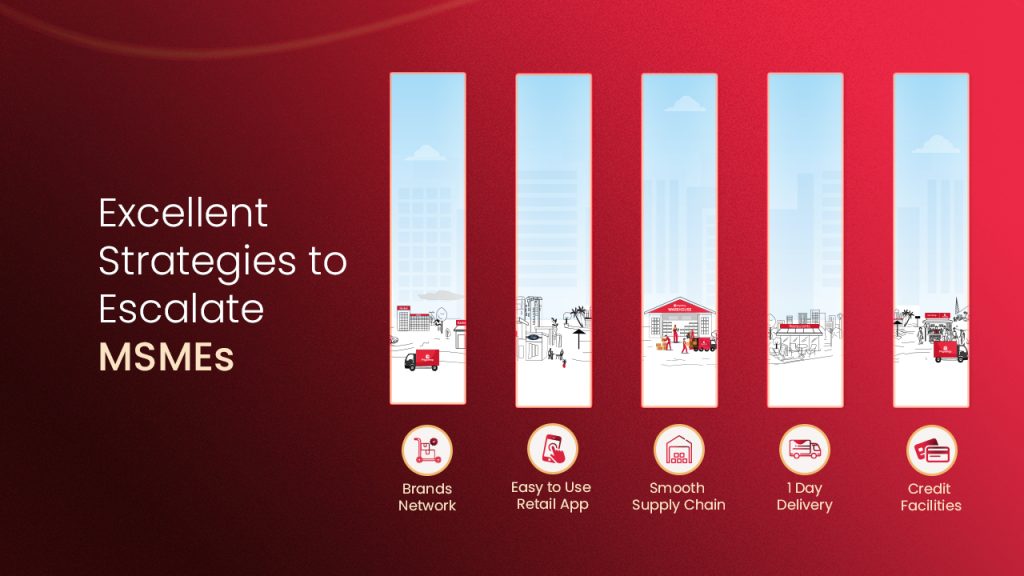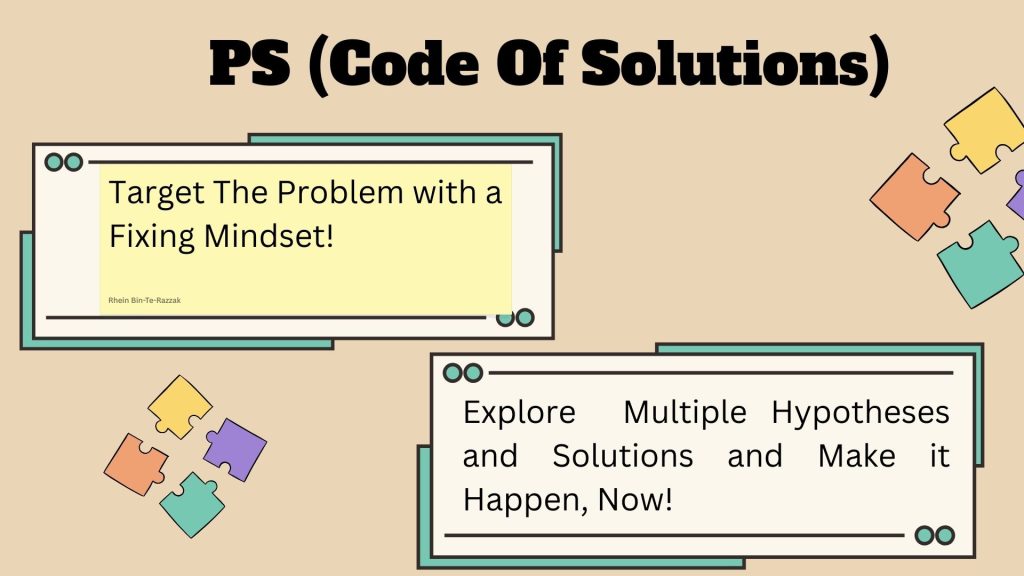
In the early years at PriyoShop, post-COVID, we started the B2B marketplace, where we were all about speed keeping the MSMEs survive through the pandemic. In nearly 5 years, we out-executed our ambitions and competition in the B2B marketplace and distribution platform.
We became the largest online platform in Bangladesh and the fastest-growing distribution platform, commanding a sky-rocketing valuation.
At the beginning of 2021, we reflected that the speed with which we were executing had to also be channelized into levers that solved the biggest problems for our users, aka retailers.
We faced some challenges in making decisions as we grew rapidly:
• Scattered Resources: As we were just new in the market, we found our resources a little bit scattered, and were trying our best to collaborate with reliable brands.
• Digital Hurdles: We developed our app to deliver the stocks to the door of our MSMEs smoothly. Back then we faced a challenge to make the retailers adaptive to the app as they were technologically a bit unprivileged.
• Competitors: Although there were few competitors when we entered the market, we were always planning our strategies to counter them.
• Market Research: When we started researching the market we were startled at first as there was no previous track, understanding the end-to-end consumer needs that they ask from the retailers and analyzing the growth metrics.
Through multiple iterations, we developed a scalable decision-making system that allowed us to replicate success at every level, from top leadership to ground operations.
So keeping all these challenges in mind we started to follow a code of solutions that just gave us a 360-degree comeback.
So What is Our Code of Solutions?
From Chaos to Collaboration
When we started, finding the right suppliers felt like a maze—unreliable vendors, inconsistent stock, and quality concerns made it a tough road. But we knew that to truly empower MSMEs, we needed a rock-solid procurement ecosystem.
What we optimized:
- Created a web of a trusted supplier network by vetting brands and ensuring credibility.
- Simplifying the whole procurement with data-driven demand forecasting, helping MSMEs get what they need.
- Implemented strict quality control to build retailer confidence and ensure smooth transactions.
- Created an efficient logistics chain to deliver stock faster and minimize delays.
Vision to Strategy
- In a tug of war with several competitors, teams at PriyoShop put on their thinking hats to decipher the biggest problems in getting to their goal.
- We made digital adoption easier for retailers by introducing simple, user-friendly tools, organizing on-ground awareness programs, and launching a dedicated support hotline.
- A smart inventory system that automates restocking and optimizes distribution routes, ensuring retailers always get their stock on time.
- Begin data-driven customization to make PriyoShop more valuable to retail store owners. We gave shops more reasons to select us over our competitors by providing perfect product recommendations, speedy delivery, and flexible credit terms.
- Repeatedly collected feedback to ensure on which points we can enhance our services.
At PriyoShop, we take a big-picture, top-down approach to problem solving to focus on high-impact strategies that drive long-term success for MSMEs.
We conducted annual strategy sessions to align our teams with the key outcomes we need to achieve in the coming year. A crucial part of this is identifying high-priority growth metrics, we tried to create game-changing strategies that receive dedicated focus across all levels of execution.
And all these discussions aren’t about solving every small challenge immediately, but rather helping the teams stay laser-focused on big, transformational goals. This ensured our solutions scale effectively and create maximum impact in the B2B ecosystem.
By prioritizing reliability, transparency and efficiency, we didn’t just solve our sourcing challenges—we built a supplier-retailer ecosystem that fuels thousands of MSMEs today.
Fix It First & Make It Happen

In our solution-centric approach, we focus on one-to-one problems. It is here that the size of the opportunity is validated in great detail:
The inner voice of MSMEs: Are we truly solving the problems of MSMEs?
- Data: Does this problem reflect real data?
- Competitors-in Benchmarks: Are our competitors solving their problems? And if they do, then how do they do it?
- Continuing the above example, someone from our market research team goes physically, gets feedback, and targates all the issues.
- These are then put through the rigor of questioning by the leadership team and other hierarchies.
The reason: The earlier we focus on the problem the sooner solutions and prompt actions are taken. And obviously, the decisions are weighed carefully.
Okay so, there is a big problem to solve, but how do we go about it?
If the opportunity is decidedly HUGE, teams then focus on detailed solutions with a ‘Fix it now’ mode. Here we build a crystal roadmap, with the most detail possible. We get into our principles, execution, wireframes, product screens, milestones, timelines, suppliers and retailers. This drives us to create maximum impact in minimum time.
Reviewing
After fixing the problem, our teams come together to identify stumbling blocks in planning cycles or execution cycles. Some solutions include ineffective problem discovery, improper sizing of impact, wrong resource estimation, collaboration hiccups, bandwidth challenges, people problems, etc.
The best part about this solution-approach method is that everyone is cooperative regarding the solutions and executions and huge ideas are generated from groups.
Thus became the code of solutions at PriyoShop
These frameworks have helped us to move ahead with thoughtfulness and speed. We recognize different things could become important in our growth journey in the future, so we accept these systems as dynamic and open to change.